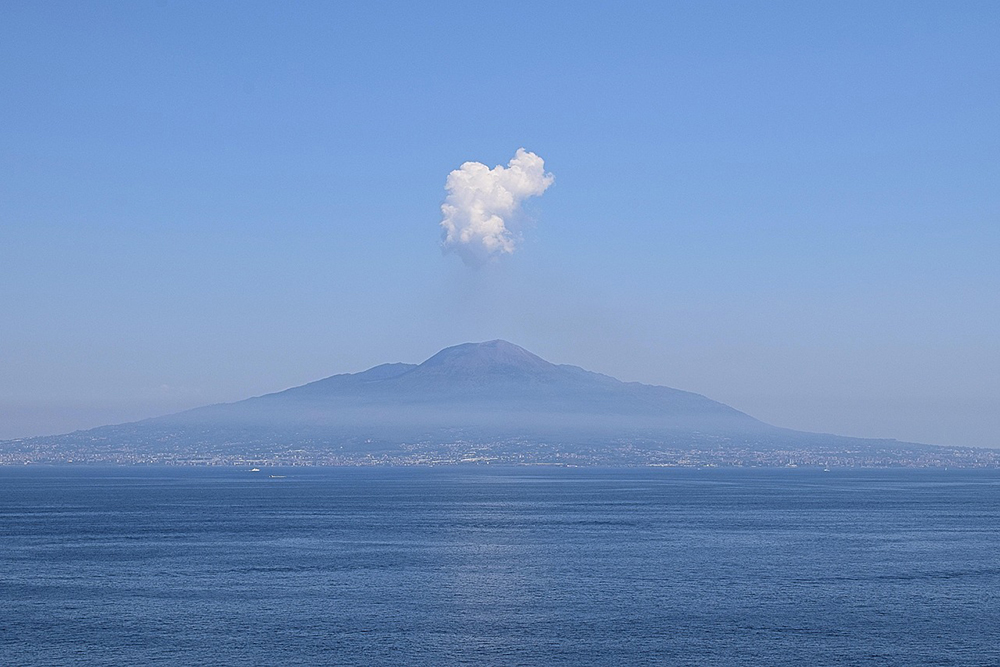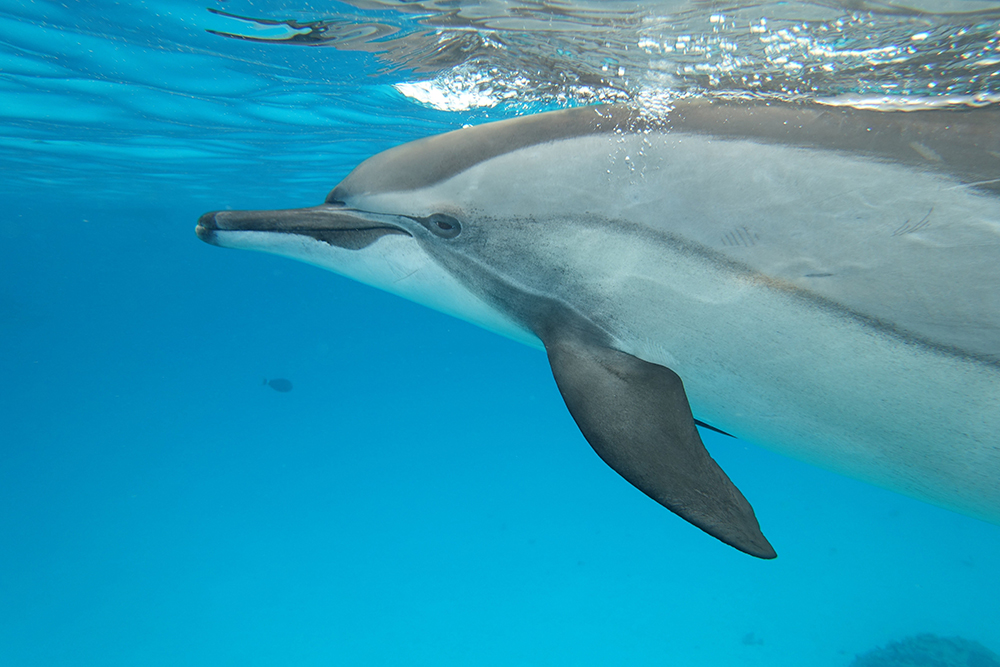
Campari Wasp
In the vibrant and diverse ecosystems of Italy, a myriad of insect species play crucial roles, contributing to the ecological balance and biodiversity. Among these is a lesser-known yet fascinating creature, the Campari Wasp. Named for its vivid red coloring reminiscent of the famous Italian aperitif, the Campari Wasp is not just a beautiful specimen but also an important ecological player. This article explores the habitat, behavior, ecological importance, and conservation efforts surrounding the Campari Wasp in Italy, providing a comprehensive look into its life and the challenges it faces.
Habitat and Distribution in Italy
Italy's rich landscapes offer a variety of habitats that are ideal for the Campari Wasp. From the rolling hills of Tuscany to the lush gardens of the Amalfi Coast, these wasps can be found in environments where floral diversity is high. They thrive in both rural and urban settings, wherever there are gardens, woodlands, and meadows abundant with flowering plants.
The distribution of the Campari Wasp within Italy varies from the northern regions, where their activity peaks during the warm summer months, to the more temperate southern regions, where their presence can often be noted almost year-round due to milder winter temperatures.
Physical Description and Identification
The Campari Wasp is striking, with a body predominantly bright red, adorned with black markings. This vivid coloration is not only appealing but serves as a warning to potential predators about their stinging capability. Typically, these wasps measure about 10 to 15 millimeters in length, featuring a slender body that tapers significantly at the waist—a characteristic feature of many wasp species.
Their wings are mostly clear, with a slight iridescence that can be seen when they catch the light as they flit from flower to flower. Observing these wasps requires care as they are not only quick but also wary of too close an approach by humans.
Life Cycle and Behavior
The life cycle of the Campari Wasp begins with the female selecting a suitable site to lay her eggs. Unlike some wasp species that are parasitic, most Campari Wasps lay their eggs in secluded places like under the bark of trees or deep within the petals of a flower, ensuring safety and an ample food supply upon hatching.
The larvae go through several stages, feeding voraciously to gain the energy required for metamorphosis into adulthood. Adult wasps primarily consume nectar and are therefore frequently seen in gardens and other floral-rich environments performing their roles as pollinators.
Social behavior among Campari Wasps is not highly developed as they are largely solitary. However, during peak seasonal periods, it is common to find them in significant numbers, particularly in areas where food sources are abundant.
Ecological Role
In the ecosystems of Italy, the Campari Wasp plays several vital roles. Primarily, they are pollinators, assisting in the reproduction of many plant species. Their activity helps maintain the health of native flora and ensures productive gardens and crops, which are central to Italy’s agriculture-heavy economy.
Moreover, they are part of the food web, serving as prey for birds, bats, and larger predatory insects, thus contributing to biological control by keeping various insect populations in check.
Conservation Status and Efforts
While the Campari Wasp does not currently face direct threats that might categorize it as endangered, habitat loss and the use of pesticides in agricultural and urban areas pose indirect threats to its population. Conservation efforts in Italy are focused on promoting organic farming practices and the preservation of natural habitats to support not only the Campari Wasp but a wide array of biodiversity.
Awareness campaigns aimed at educating the public about the role of wasps in ecosystems and the importance of conserving them are also integral to these efforts. Many people often view wasps as pests without understanding their ecological benefits, which complicates conservation work.
Conclusion
The Campari Wasp, with its distinctive appearance and significant roles within the ecosystems of Italy, is a species of great interest and importance. Continued research and conservation are essential to ensure that it can continue to contribute to the ecological balance and biodiversity of Italy’s landscapes. By understanding and supporting these efforts, we can help protect this and other vital species for future generations to thrive and be studied. The Campari Wasp not only adds to the natural beauty of Italy but also to the essential biological functions that sustain its environment.







